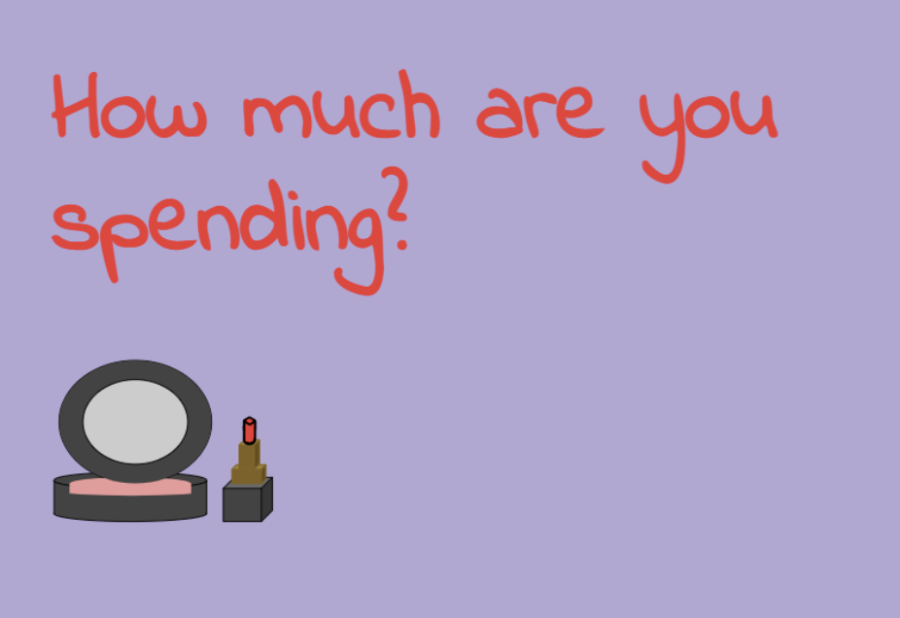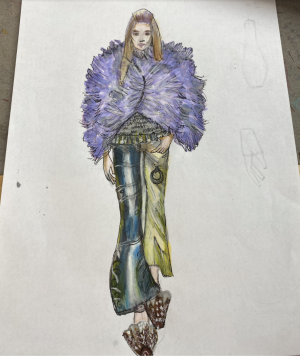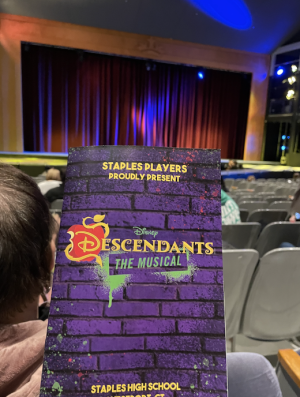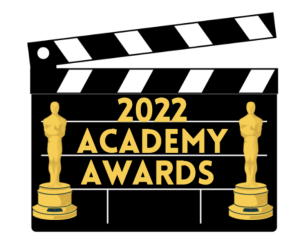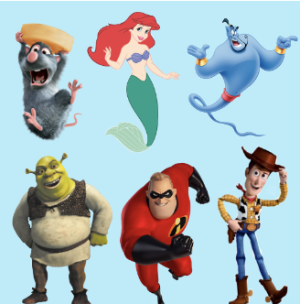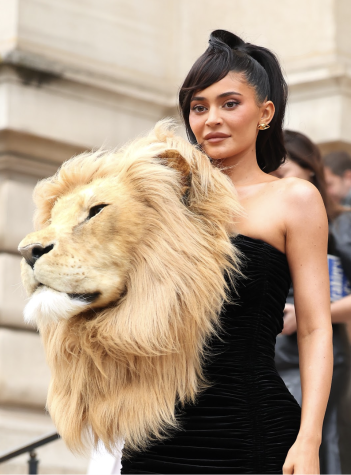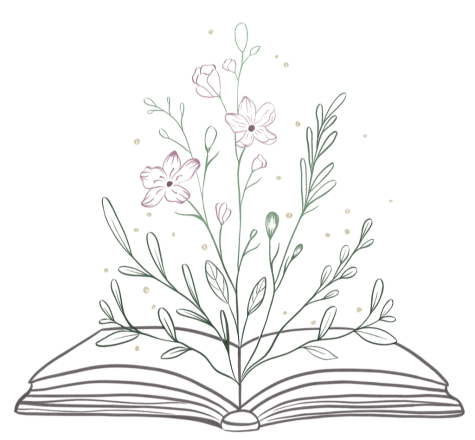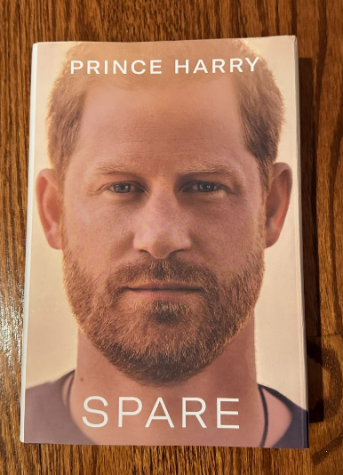Beauty industry, social media encourage toxic overconsumption
Social media influencers promote the overconsumption of makeup and skincare, leading to unnecessary spending.
As I scroll through my TikTok “For You” page, I can’t help but notice the alarming nature of beauty trends. Influencers who are receiving paid sponsorship encourage their young and impressionable audience to try every product imaginable: magnetic eyelashes, guashas, pore vacuums, micellar water, lip plumping devices, and more. Girl’s show off their seven step skin care rituals. A dark cloud of mass consumption looms over the app.
A shift took place during the 2010’s that negatively altered our relationship to makeup and skincare consumption. With the growing popularity of new social media sites came a transformation of the beauty industry that has had massive consequences to date. Companies capitalized off of marketing opportunities in a new digital arena, and influencers secured occupations through makeup hoarding disguised as collecting, which contributed to the massive problems of over consumption we see today.
While aspects of this culture existed prior to 2010, it was exacerbated by the beauty community flourishing on YouTube. In this space, influencers would often make haul videos where they displayed massive collections of makeup. Additionally, beauty brands such as Kylie Cosmetics, e.l.f., ColourPop, and many others regularly send out PR boxes to influencers as a method of marketing new products. This encourages consumers to buy more and creates rapid trend cycles.
According to Statista, YouTube held 5 billion annual beauty content views in 2010. This number grew to 169 billion views by 2018. The popularity of beauty content on Youtube between 2010 and present day as well as the nature of this content contributes to a culture of overconsumption.
This culture is problematic for multiple reasons. Firstly, it encourages the rapid rotation of trend cycles. While trends have always existed within beauty, especially in the U.S., trend rotations have become increasingly shorter, leaving little time before something new becomes popular. Modern social media platforms such as Tiktok and Instagram highlight this phenomena. A new product is always being released; there is always something new to buy. This pattern mimics that of fast fashion, despite receiving less attention. And, when these trends fall out of style, consumers are left wasting perishable products.
Another major issue that arises from the current culture is classism and overspending within the beauty industry and online beauty community. Within the past year, many trends have revolved around purchasing expensive products. According to Vogue, the Dior Addict Lip Glow Oil was a top trend for 2021 and a viral product on Tiktok. The lip oil, however, is priced at $35. Similarly, the Charlotte Tilbury Hollywood Contour Wand was a top Tiktok trend. The Contour is priced at $38. Many of the products that go viral are more expensive than some consumers can afford, making the trends non-inclusive. Additionally, these prices and rapid trend cycles place a burden on all industry consumers, largely women, which encourages unnecessary overspending on products that have been criticized for furthering harmful beauty standards and targeting female insecurities for corporate profit.
I myself have become entrapped in the mania surrounding beauty trends and marketing as a makeup lover. I am not suggesting that you never wear makeup or stop indulging in beauty content on social media. I am simply recommending that you be aware of your consumption. Consider purchases thoughtfully and reject rapid trend cycles in skincare and makeup as you would in fashion.
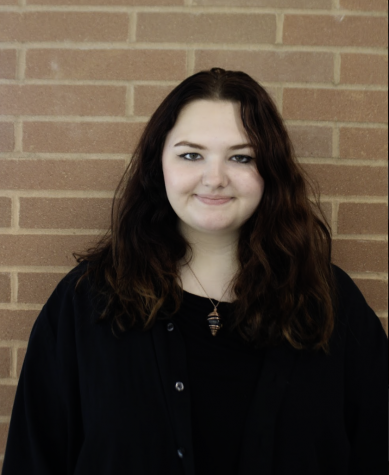
Breaking News Editor Tierney Kugel ’22 has a strong passion towards her lifestyle choice, and better yet, loves to write about it. As a vegetarian, she...












































